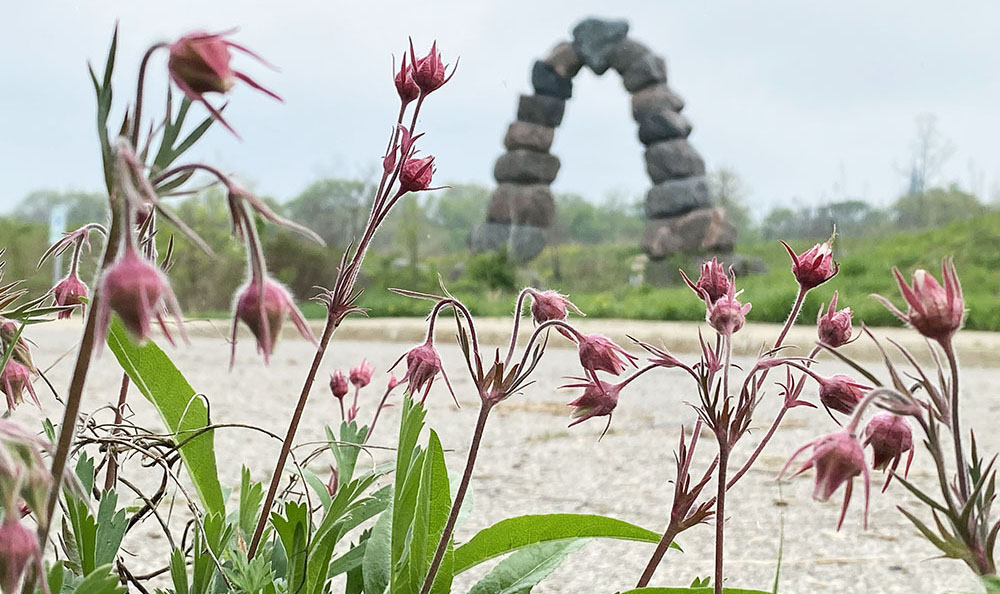
The Importance of the “Wild” in Wildflowers, Part 2.
June 29, 2022 | Topics: Spotlight, Stories
By Eddee Daniel
“May your life be like a wildflower, growing freely in the beauty and joy of each day.” – Native American Proverb
Do not diminish the importance of the “wild” in wildflowers. They may be small and lovely and content to grow in a pastoral urban park, but they are as untamed as a craggy mountain peak. And all the more surprising and beautiful for it. The prairie smoke flowers just budding in the photo above at the Milwaukee Rotary Centennial Arboretum were among the many native species planted by the Urban Ecology Center. Is “cultivated wildflowers” an oxymoron? Or a necessary adaptation in an urban environment where precious natural areas must be not only protected but carefully husbanded?
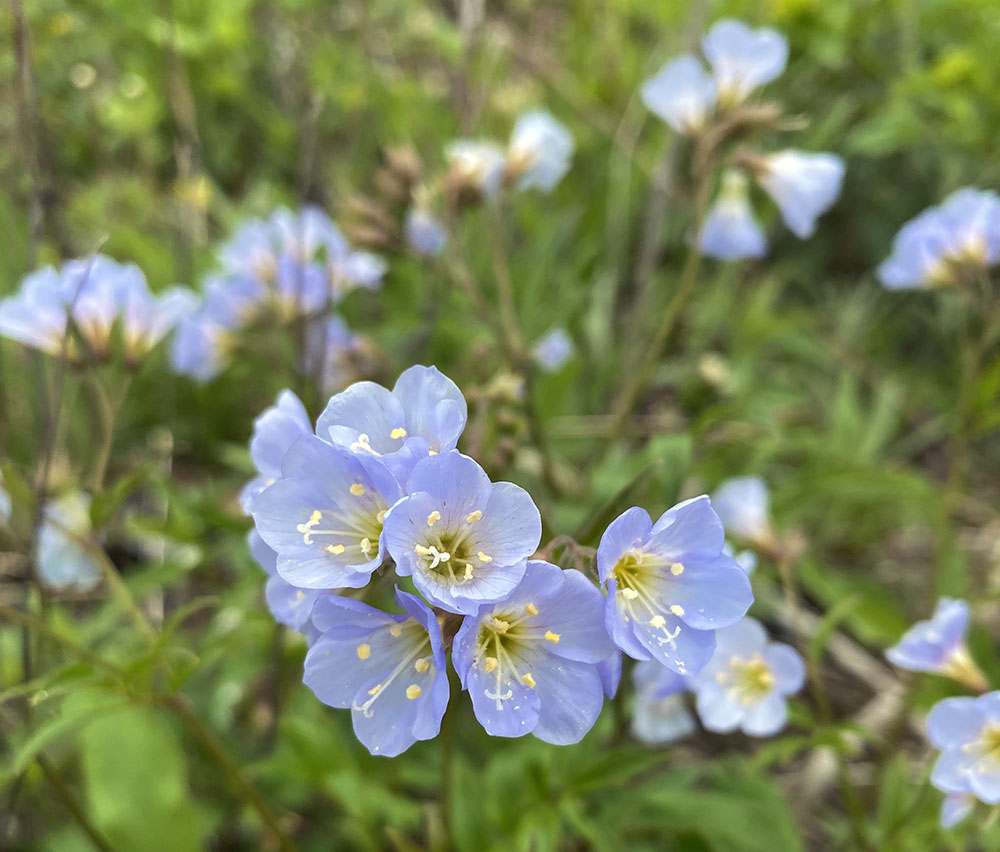
Spring is well over…, but worth revisiting! Almost a month ago I gave you “The Importance of ‘Wild’ in Wildflowers,’ Part 1. So, it’s time for Part 2. Flowers go on all summer, of course, but this photo essay is still made up of flowers I discovered in spring. And what a wealth of wildflowers we have in our parks and natural spaces! I won’t beat around the bush (so to speak), but of all the stunning discoveries I made this season the most spectacular and surprising—by far—was within a couple miles of my home.

If you’ve ever seen buttercups you may recall that they are small. Unassuming. Seen individually or in small clusters they are lovely enough, but hardly spectacular. There are hundreds of species of buttercups, which can be found in a variety of habitats from watery to woodsy to open meadowy. (Also in gardens, where they sometimes are considered weeds.) I’ve come upon them in many of these places in the past month or so. But for spectacle you need a LOT of buttercups—which is exactly what I found in an unusually wild section of the Menomonee River Parkway known as Bubba’s Woods.
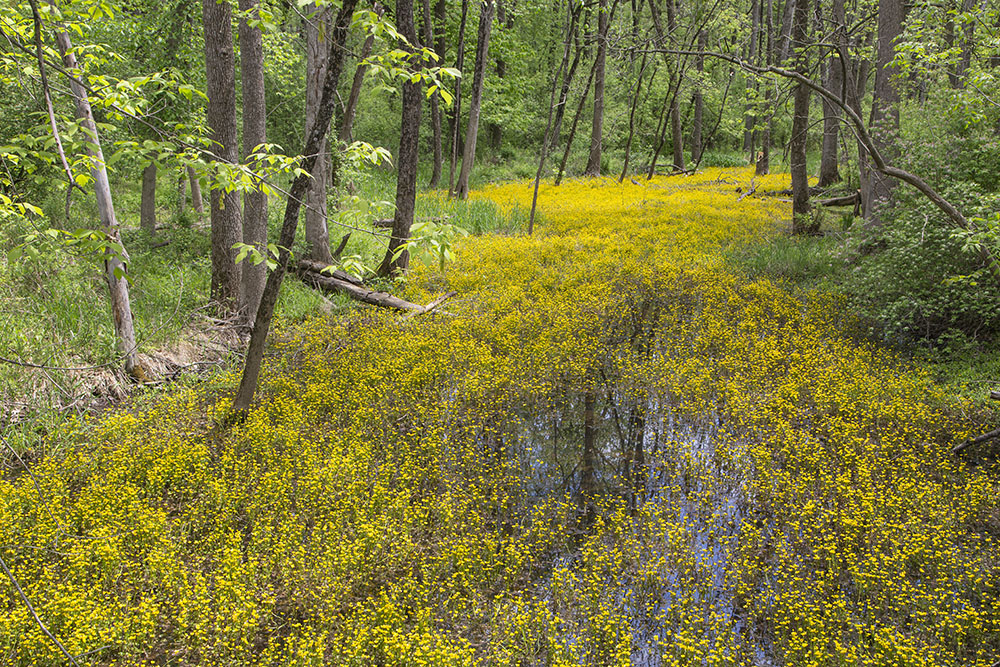
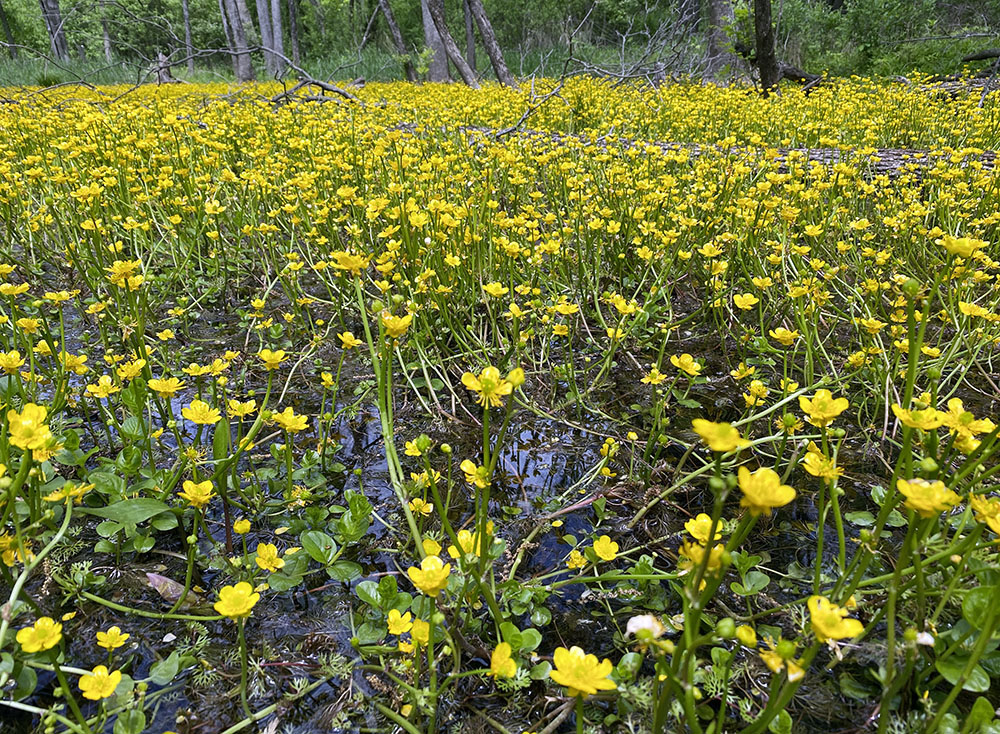
I was alerted to this pond full of buttercups by a mountain-biking friend. Oddly enough, wild as it is, Bubba’s Woods is also home to one of three official mountain biking trails in the Menomonee River Parkway. Furthermore, this pond was not one-of-a-kind. Walking the twisty-turny length of the mountain bike trail I discovered four or five similarly dazzling ponds.
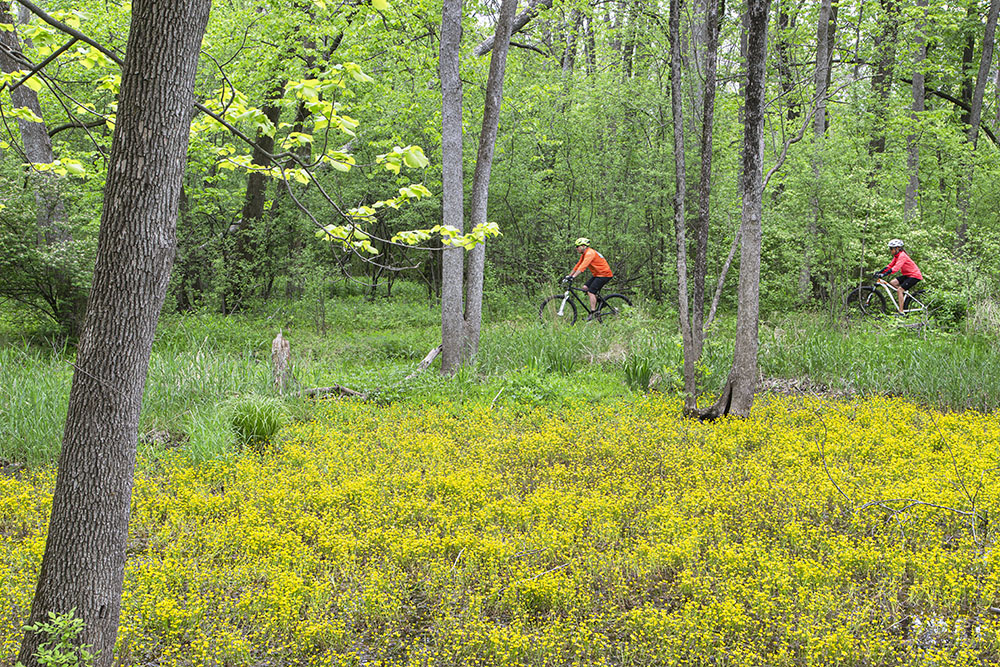
The woodlands and meadows in our parks are blessed with wildflowers that bloom whether or not we decide to leave our houses and walk among them. And while I do walk among them as often as I can, nevertheless, it is good to realize that they will be there in any case, ready. Equally accessible to all.
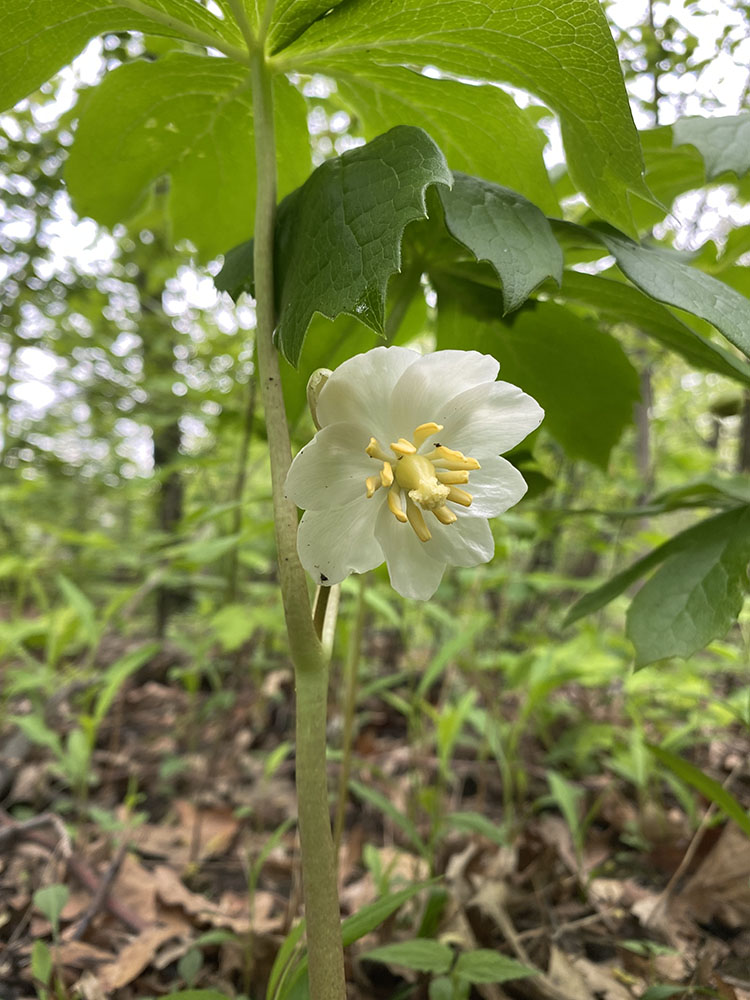
Sometimes one has to raise one’s eyes from the forest floor to see the greatest show. Many species of trees, especially fruit trees, flower in spring (and a few in fall). The surprise is as important as the beauty of the wildflower. Coming upon them unexpectedly in the forest makes my heart sing.
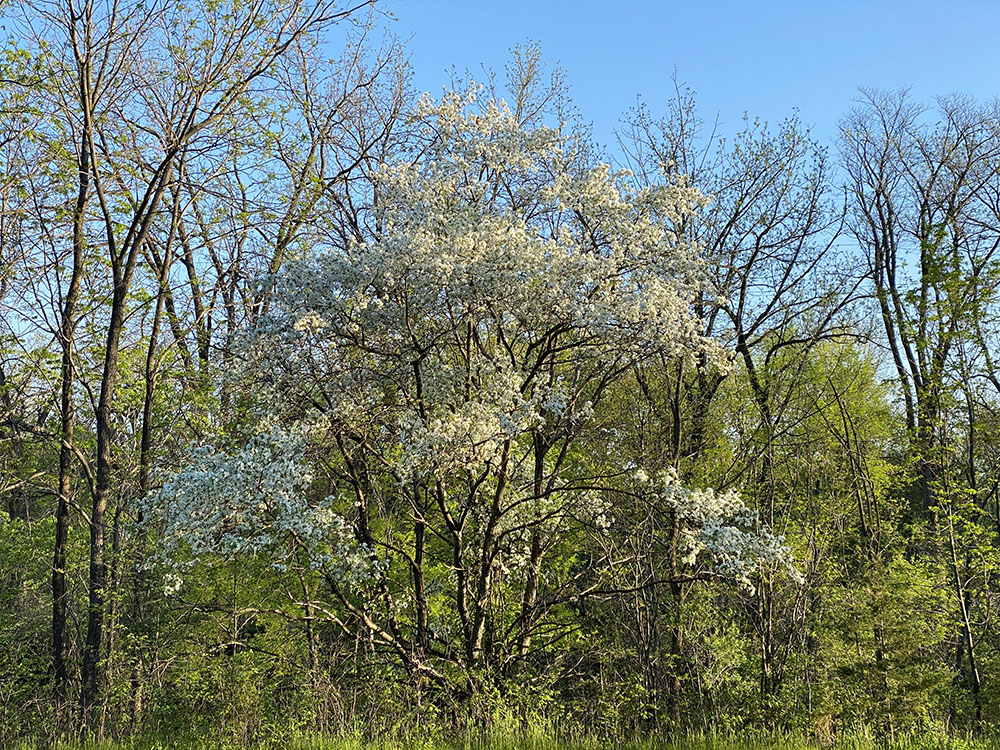
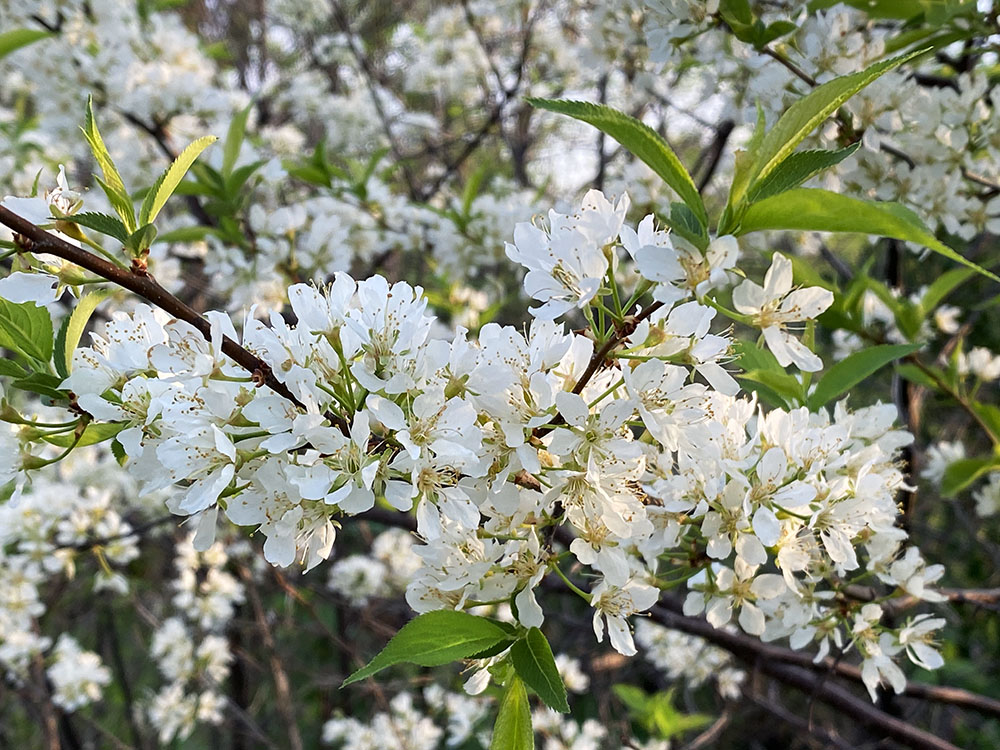
My spring explorations took me from River Bend Nature Center in Racine (on the Root River) to Riveredge Nature Center in Saukville (on the Milwaukee River), and although most of the same flowers can be found all over the SE Wisconsin region, it is always a treat to rediscover these beautiful places. (You can find information about most of the places included in this story using the links in the captions.)
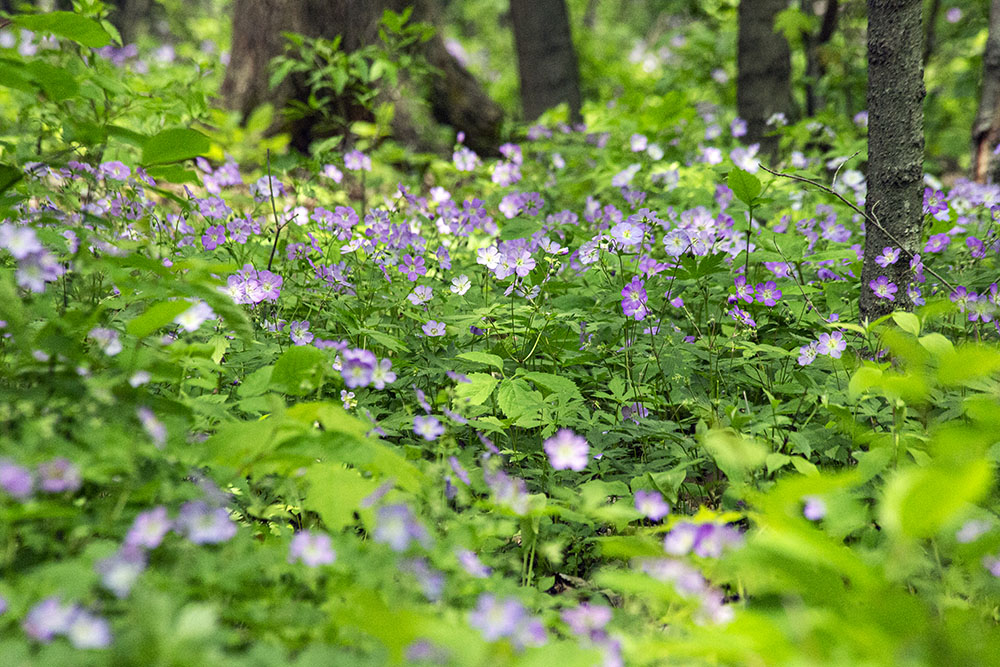
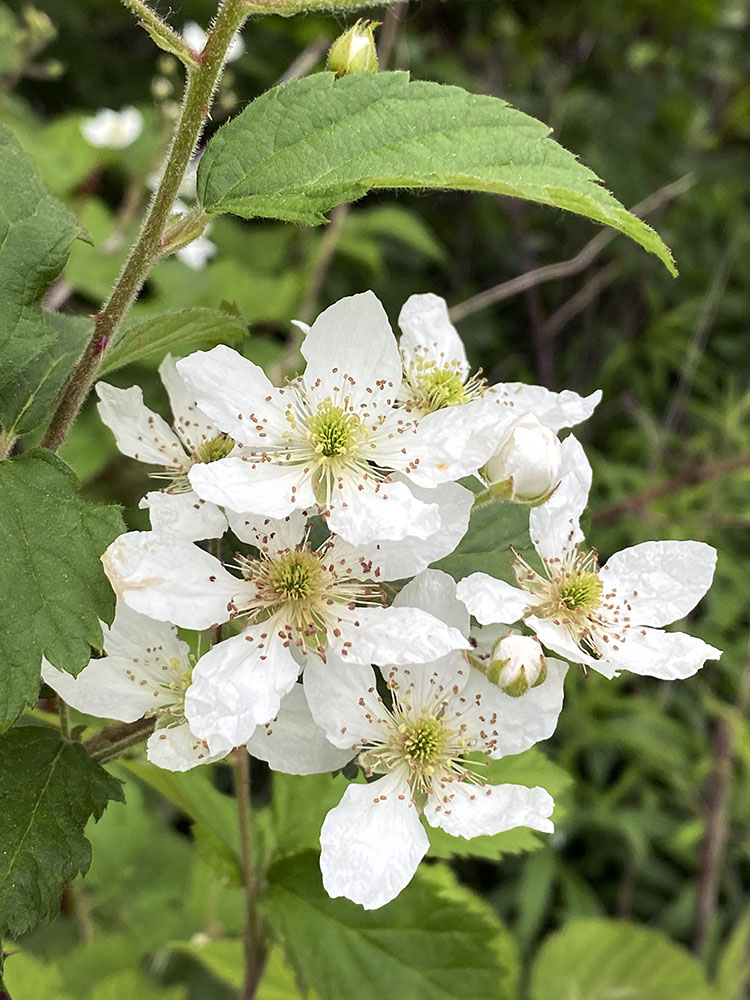
I first discovered shooting stars only a couple years ago. I still remember that first sighting, at Vernon Wildlife Area near Mukwonago. This year I spotted large concentrations of them in several locations. But the most photogenic capture occurred in one of my favorite haunts in the Milwaukee River Greenway: Cambridge Woods. The spring ephemerals there are reliably diverse and gorgeous.

I have no idea why this is, whether a coincidence brought on by the vagaries of my random excursions or some natural condition in the environment, but shades of blue and purple dominated the flowers I found early in the spring; white and yellow were decidedly dominant in this later batch.

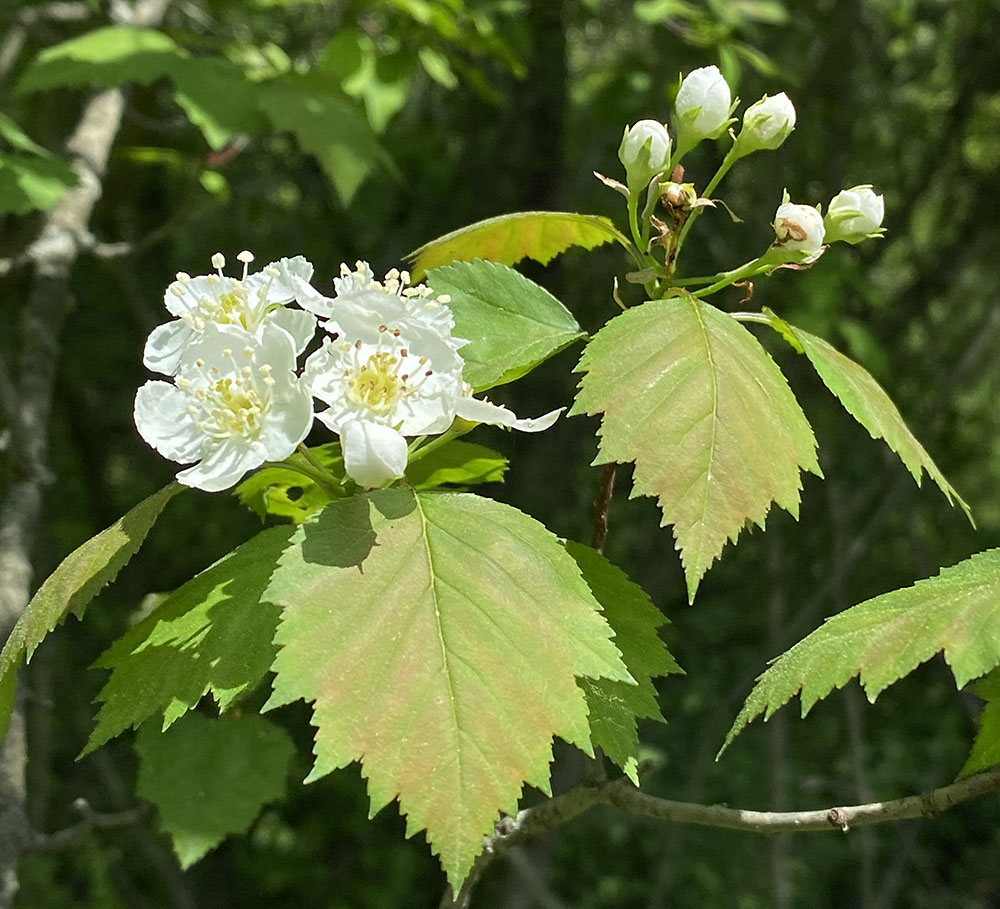
The often startling appearance of wildflowers in our midst can seem magical. But it isn’t due to any kind of magic that the urban woodlands and prairies where they grow have been protected. We must constantly be vigilant in their preservation. Similarly, wildflowers are often poetically described as “free.” Free for all to enjoy. All who live near a park, is not what is usually mentioned. Free to enjoy because there is no entry fee to nature. But our parks do not maintain themselves. It takes a monumental effort—and great expense—to keep an urban park in a condition suitable for nurturing all those free flowers. We must do better than we have been doing of late to support our parks departments and agencies.
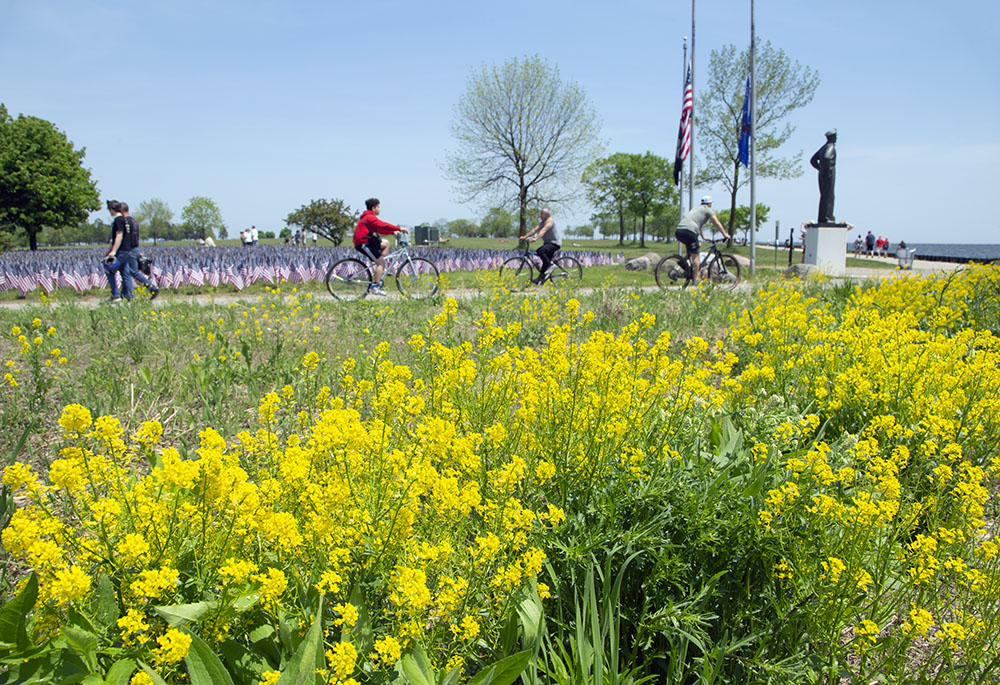
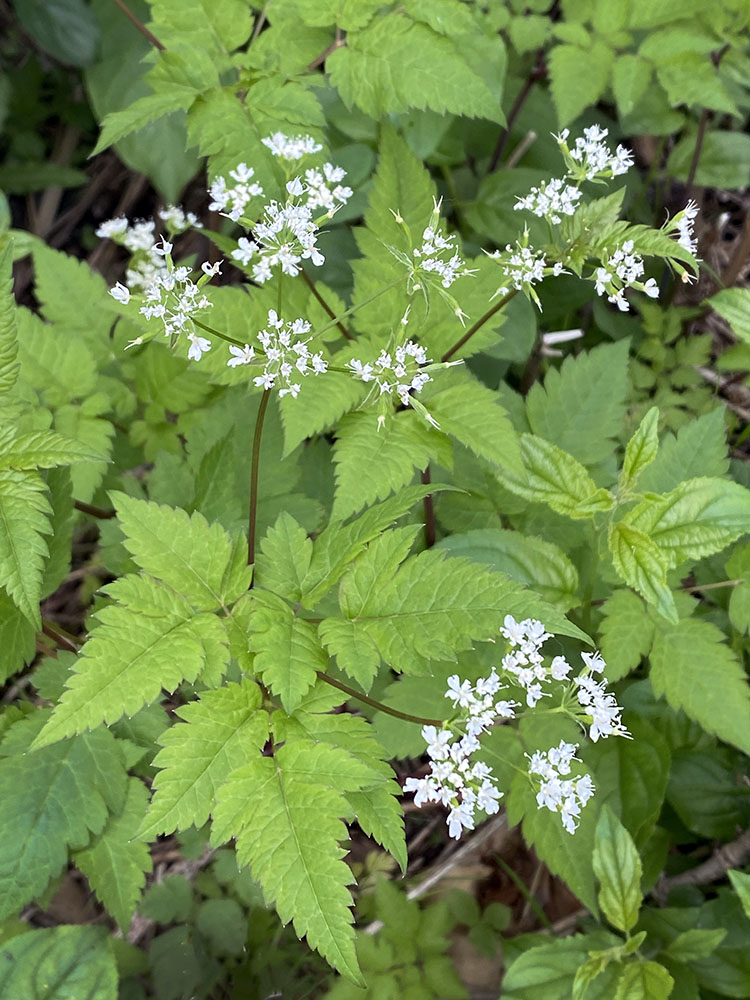
“How lavishly are the flowers scattered over the face of the earth! One of the most perfect and delightful works of the Creation, there is yet no other form of beauty so very common. Abounding in different climates, upon varying soils—not a few here to cheer the sad, a few there to reward the good but countless in their throngs, infinite in their variety, the gift of measureless beneficence wherever man may live, there grow the flowers.” So wrote Susan Fenimore Cooper, a Nineteenth Century author and amateur naturalist. Her words ring true even today—except for the implication of limitlessness. She died before the developments and ravages (in hindsight so hard to tell apart) of the Twentieth Century so thoroughly limited most urban dwellers of the ability to live amongst these lavish and delightful works of Creation.
But here in Southeastern Wisconsin, the most urbanized part of the state, we are blessed with…yes: a wealth of nature! To cheer us and reward us.
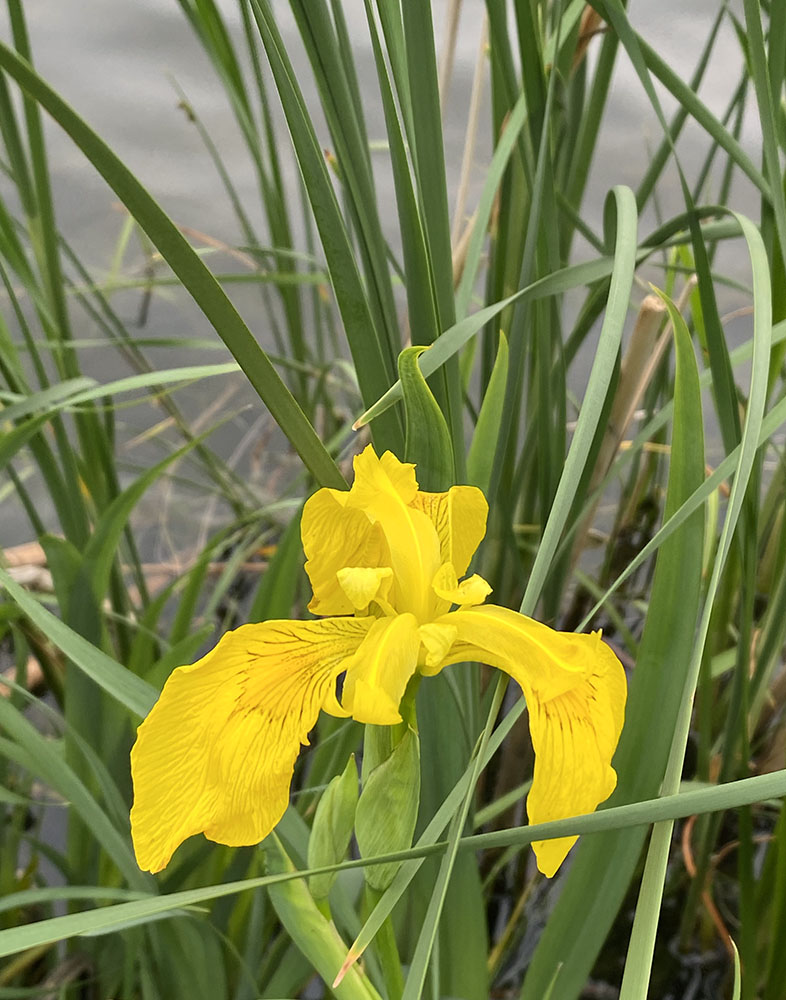
If you missed Part 1 of this two-part series, it’s not too late! Click here.
Eddee Daniel is a board member of Preserve Our Parks.

